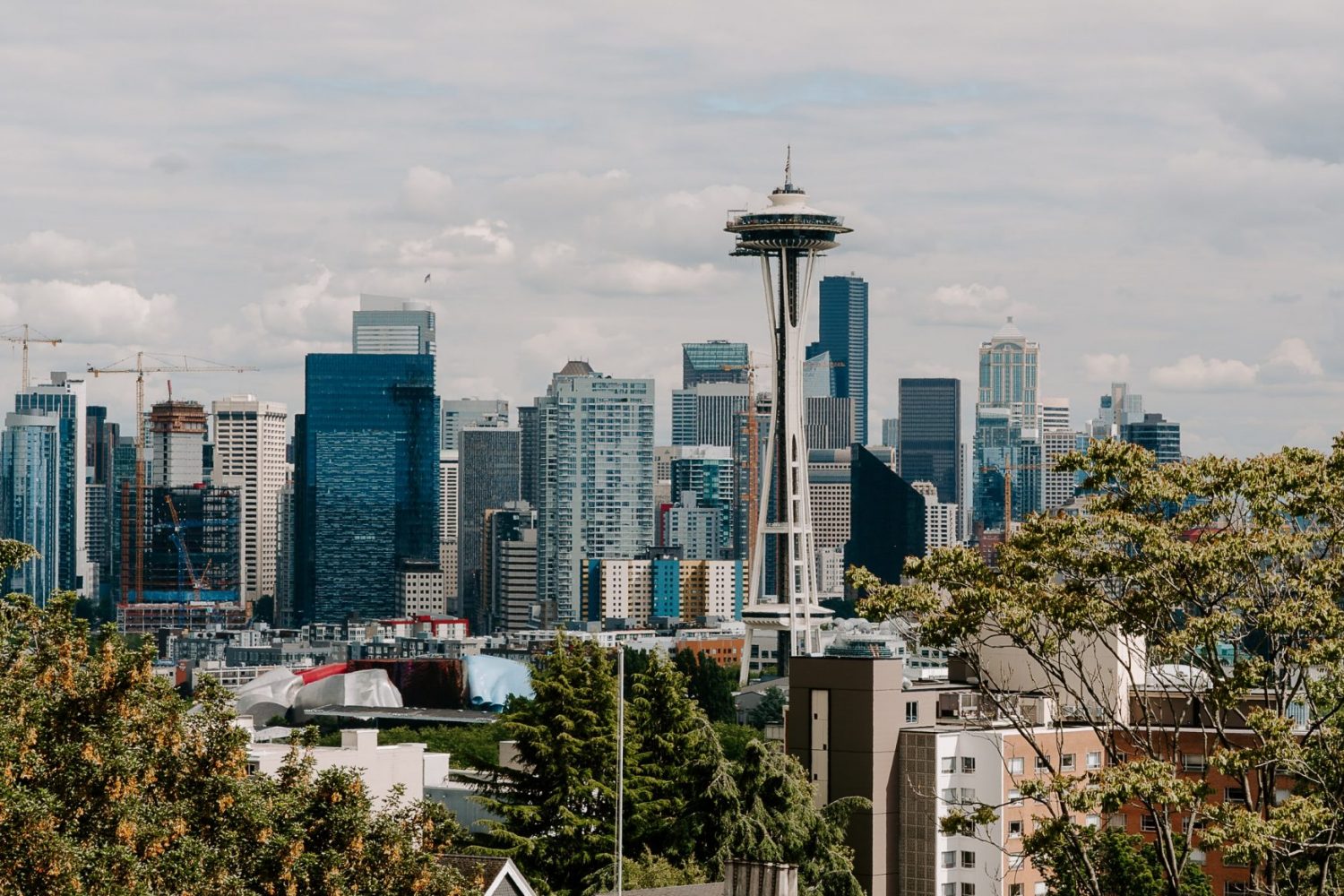Revitalizations Planned to Facilitate Recovery of Downtown Areas
By Natalie Jones / 11.03.21 / 3 min read
Banner image courtesy of Erin Hervey on Unsplash
SIOR experts believe that cities should encompass the following: walkability, accessibility, diverse array of retail and restaurant space, and housing for a large population. Given the pandemic’s effects on downtown areas, leaders have thought about ways to revitalize cities so that they include some of the key features that SIOR experts have identified. Here are the approaches for three cities:
Seattle
Roughly 450 businesses in Seattle’s downtown area closed during the pandemic, and a drastically lower number of visitors. In June, Mayor Jenny Durkan announced the “Road to Downtown Recovery Plan” which includes several steps to draw people into the city. The plan includes the following:
- $9 million investment in relief for downtown businesses
- Trash and graffiti removal
- Cultural and art events
- Temporary art installations and pop-up retail spaces
- More community service officers in areas with a high crime rate
- Moving those experiencing homelessness into a safer area
- $3.2 million allocated for cleanup and events
- 2,000 free ORCA cards (smart cards for public transit) for employees at restaurants and grocery stores
Indianapolis
Downtown Indy Inc. will spend $2 billion in future development following $413 million in economic development throughout 2020. Many restaurants have reopened, and this type of space will continue to be supported by the Restaurant Revitalization Fund that allocated $70 million to 250 downtown restaurants.
Future projects such as the development of an innovation district, the global headquarters of Elanco Animal Health, and expansions at the Indiana Convention Center and Indiana University Health campus. These projects, combined with funding and cleanup in the area, are expected to play a huge role in the city’s revival.
Washington D.C.
Earlier in the year, the city reached its highest commercial vacancy rate in two decades. Leaders have considered solutions for vacant office space downtown such as drawing university researchers and medical professionals into the area and turning commercial space into housing.
The International Downtown Association may facilitate the second option with its support for a bill that would allow for office space to be transformed into residential and mixed use properties through federal tax credits.
Moving forward, leaders will have to consider the presence of remote work and the aftermath of the pandemic when developing strong ideas to revitalize cities. Some have looked at redevelopment of office space while others have planned for experiential retail and ways to support restaurants. The downtown landscape in some areas may struggle for longer, but plans demonstrate potential to make a significant impact in the future.
To read our sources, click below:
SIOR Report Article: Raising Downtowns Up
Seattle Announces Plan to Revitalize Downtown After COVID-19 Pandemic
‘State of Downtown’ Improving in Indy
More Than 250 Indy-area Restaurants Got $70M in COVID relief. See who with our database.
Downtown D.C. was Emptying Before the Pandemic. How it Recovers will Shape the Nation’s Capital.








